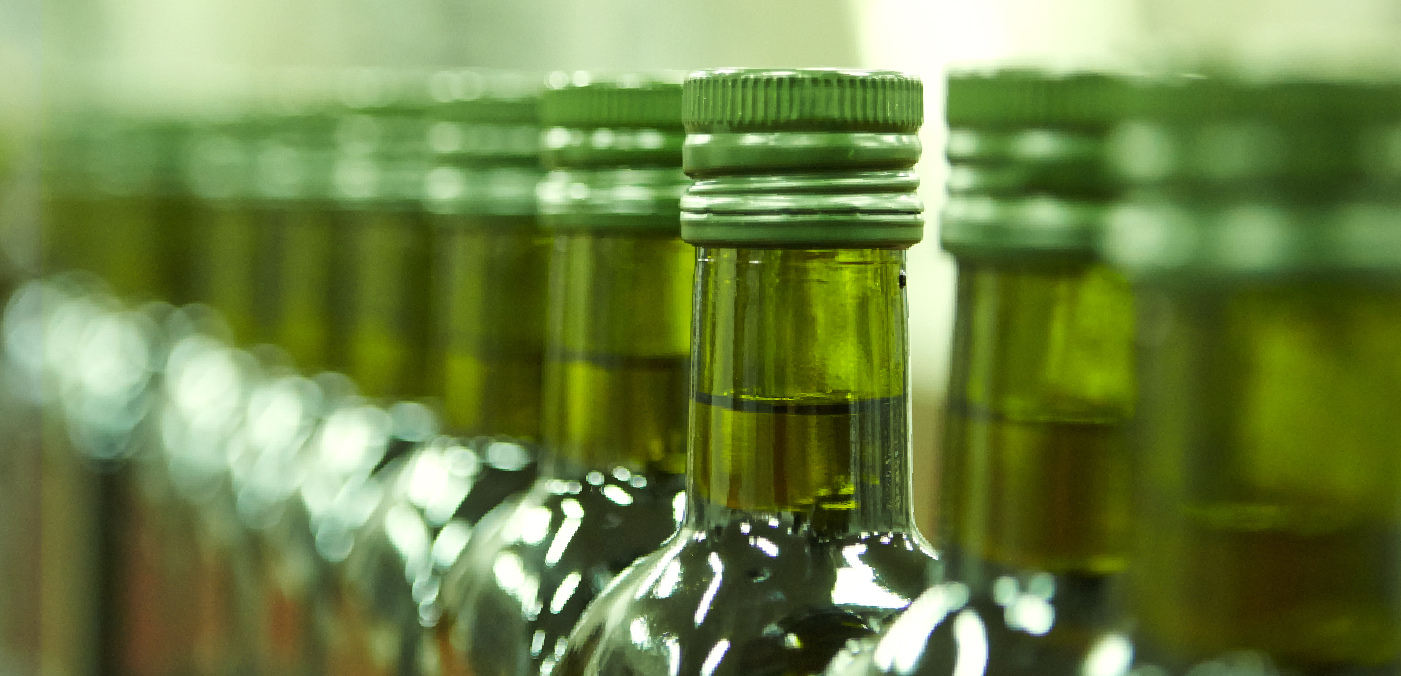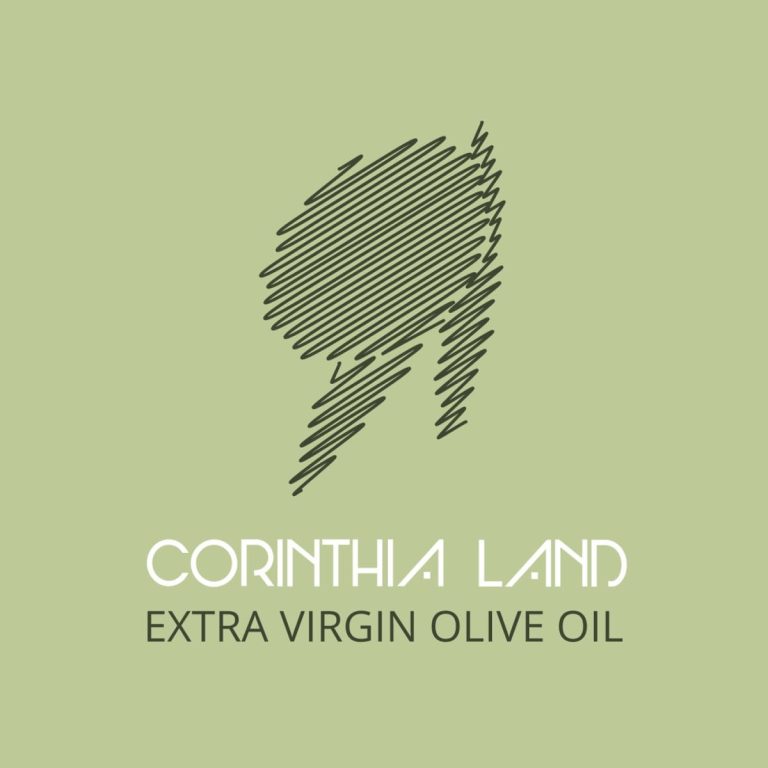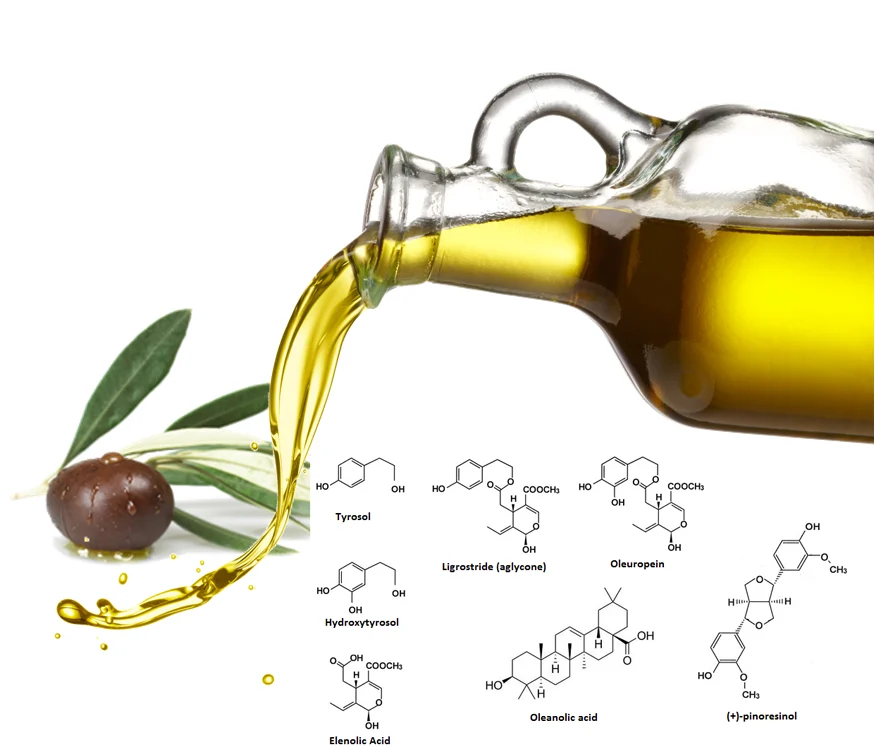Olive Oil

The Olive Oil Tree in History
Olives have been cultivated in Greece since ancient times. In Greek mythology, the first olive tree was planted on the Acropolis of Athens by the goddess Athena in the temple of the Erechtheum of Zeus Morios, hence its name Moria Elea.
Messengers carrying olive branches symbolized peace, and victors in the Olympic Games were crowned with olive sprays of the wild olive tree (kotinos – agrielia). In Greek literature, olive oil appears in many areas of life — diet, sports, cosmetics, religious offerings, medicine, and even as lamp fuel. Olive wood was used as fuel, in carpentry, and in sculpture.
Beyond archaeological findings, references appear in Homer (who called olive oil “liquid gold”), Aeschylus (who described Samos as “olive-grown”), and Herodotus, who praised the famous olive trees of Sicyon. These references confirm that olives were sacred in Greece and deeply connected to the culture, religion, and economy.
The Mediterranean Diet
The Mediterranean diet is widely recognized for its health benefits. Central to this lifestyle are the region’s climate, natural environment, and ecosystem-based food sources — including agriculture, animal husbandry, and fishing.
Years of research show that the Greek dietary model offers the most harmonious nutritional balance. Dominant elements include:
- Pure virgin olive oil
- Olives
- Cereals
- Vegetables
- Fish
- Honey
- Wine

Olive oil plays a central role, thanks to its high biological value and balanced composition. It protects the human body from disease, supports childhood development, increases life expectancy, and adds excellent flavor. As a result, the Greek diet is often recognized in medical circles as the healthiest and most balanced.
Categories of Olive Oil

According to updated EEC regulations, olive oil is categorized as follows:
I. Virgin Olive Oils
Extracted mechanically or by other natural means without chemical processing. It’s essentially the natural juice of the olive.
Types include:
- Extra Virgin Olive Oil
Top quality. Free acidity ≤ 0.8%. E.g., the “Corinthia Land” brand. - Virgin Olive Oil
Good quality. Free acidity ≤ 2%. - Lampante Virgin Olive Oil
Not suitable for consumption. Acidity > 2%. Used only for refining or industrial purposes.
II. Refined Olive Oil
Produced from lampante oil through physical and chemical treatments. Very low acidity (≤ 0.3%) and clear in color, but lacking the natural aroma, flavor, and health benefits of virgin olive oil.
III. Olive Oil
A blend of virgin and refined oils. Acidity ≤ 1%. Suitable for consumption, but not as beneficial as extra virgin.
Biological Value of Olive Oil
Famous ancient doctors like Hippocrates, Galen, and Dioscorides praised olive oil for its health properties. Modern science confirms its value in both nutrition and disease prevention.
Key Components in Extra Virgin Olive Oil:
- Oleic acid (73%–80%)
- Antioxidants (carotenes, phenolic compounds)
- Sterols
- Phospholipids
- Terpenic alcohols
- Vitamins A, E, D, K
These components contribute to its unique flavor, aroma, and health value.
The Value of Olive Oil in Our Diet
Assimilation:
Protects the digestive system and reduces risk of ulcers.
Pediatrics:
Promotes healthy bone growth and supports metabolic balance.
Gerontology:
Helps prevent osteoporosis and slows cell aging (thanks to vitamin E).
Liver Support:
Assists in treating bile-related illnesses and helps prevent gallstones.
Heart Health:
Reduces harmful LDL cholesterol while maintaining beneficial HDL.
Regular consumption reduces risk of cardiovascular and cerebrovascular disease.


